You’ll need to know your chest, leg, and waist measurements. As you’ll be wearing your everyday workwear under the coveralls, you’ll need to add a few inches to the waist size to avoid the coverall being too tight.
The chest size can match the waist size, provided the waist size is larger than your chest measurement. For the leg size, you’ll need coveralls about two inches shorter than your usual pants—the crotch in coveralls isn’t as snug as in a pair of pants.
One of the most common questions I’m asked about workwear is, “will it fit me?”
My answer always varies depending on the brand, the person, and what they expect from their workwear.
I’ve been asked so many times how to work out what coveralls someone should buy that I’ve decided to answer the question once and for all. Wearing the wrong size coverall isn’t just uncomfortable—it’s downright dangerous.
Too tight, and you’re in agony. Too loose and you can’t move, or worse, you’re going to trip over and get hurt. Coveralls are a great addition to your workwear, but only if they fit correctly.
Here’s how to measure yourself up for a perfect fit.
Table of Contents
What You’ll Need to Find Your Coverall Size
It’s one thing to know what boot size you are, and it’s quite another to know your exact waist, leg, and chest measurements. If you’re like me, you don’t really want to know your waist size, which makes sizing for coveralls without the correct information a bit of a challenge.
Sadly, coveralls don’t come in “pleasantly plump” or “cuddly” sizes—believe me, I’ve checked. Before picking out new coveralls, you’ll need to know four things: your waist size, chest size, height, and inseam length.
The easiest way to get these measurements is with a cloth measuring tape. But if you don’t own one, then a length of string and a standard tape measure will be fine. Don’t even think about using the tape measure you use for work to try and measure yourself—the results will be completely inaccurate.
If you’re using a standard tape measure, use the length of string to measure yourself (I’ll go into exactly where to measure soon) and then lay it against the tape measure to get the correct length.
Simply wrapping your 8-meter tape around yourself doesn’t work unless you’re made out of Lego blocks.
Coverall Size Chart
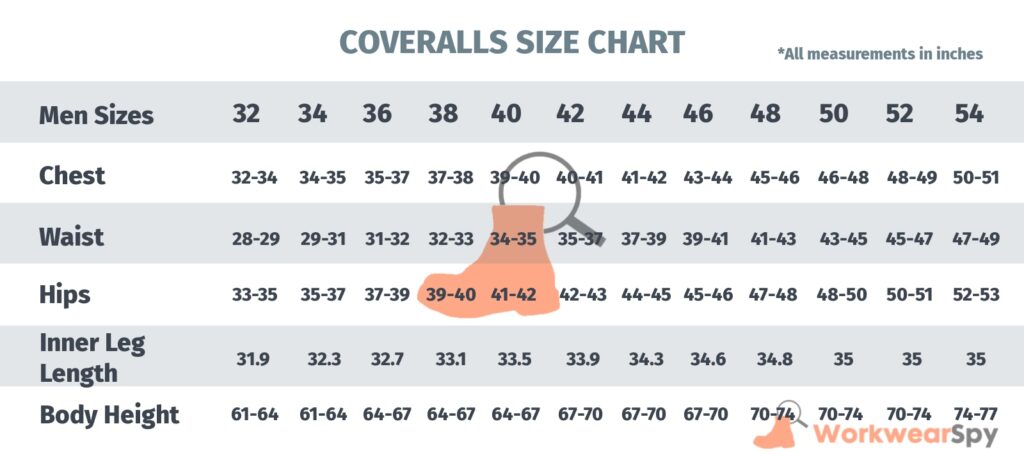
Each brand of coverall has its own sizing quirks, so always check the measurements on each coverall before you buy. Try to stay clear of coveralls that have a vague description of the sizing.
XL or “Large” doesn’t really give you the information you need to make an informed decision, especially as each brand can vary in what they define as XL or Large. Use our chart as a guideline, then check with the supplier if you’re unsure.
A great example of how to size your coveralls is with the Dickies Hickory Stripe Coverall. At first glance, your choices are S, M, L, XL, and 2Xl—not very helpful. What Dickies do to help out here is supply a sizing guide that tells you precisely what measurements each coverall suits.
What could have been a guessing game that involves multiple purchases until you’re wearing the right size quickly becomes easy as you’ve gone in with the measurements to hand. Dickies advise what coverall to buy based on chest size, waist, inseam, and height.
Coveralls need to be durable, comfortable, and helpful, and the Dickies Hickory Stripe Coverall, covers those bases well. With enough pockets to carry everything you’ll need and created from heavyweight cotton with brass zippers, you’ll feel like you’re wearing Batman’s Utility Belt.
How to Size Coveralls
Unless you’re planning on wearing your coveralls over your birthday suit, you will need coveralls that have a little more room in them.
When you measure yourself using the steps below, I suggest you wear your usual work clothes to ensure you’ve got an accurate measurement.
We’re looking for an accurate fit, but it’s worth remembering you’re going to be wearing two sets of clothes, so sizing up is never a bad thing. Coveralls have shorter inseams and much more crotch room —without it, you’d feel like you were wearing two pairs of pants at once.
Measure Your Chest
If your chest is the broadest part of your body, then getting the right measurement is key to finding coveralls that fit. If your waist is wider than your chest, it’s less important but still valuable to know when checking out a size chart.
Step 1: Dress For Work
There’s no point in measuring your chest when topless—you’re going to be wearing your coveralls over your usual workwear, so let’s measure with that in mind. You’ll not need multiple layers as the coveralls will add an additional layer, so don’t measure over a jacket.
Step 2: Lift Your Arms
Using your cloth tape (or length of string), lift your arms so that they’re horizontal, and measure around your chest area. You’ll need to go around your back and measure all the way around from your shoulder blades to your breastbone.
The tape should go just under your armpits and go all the way around your body for an accurate measurement. As I said, if your waist measurement is higher than your chest, you’ll be choosing based on that measurement.
There’s no point buying coveralls with a 36” chest if you’ve got a 60” waist—you’ll not get the coveralls past your knees.
Measure Your Waist
The waist is arguably the most important measurement you’ll need when choosing your coveralls.
Here at WorkwearSpy, we know our readers come in all shapes and sizes, especially in the waist. Having a big belly shouldn’t mean your work clothes are uncomfortable, and while our recent post on How to Keep Your Pants Up When You’ve Got a Big Belly shows how to keep your pants up despite your belly, you’ll need to find a different approach here.
Coveralls are a different issue altogether. They don’t sit under your waistline or stomach, so any coveralls you buy need to be able to get past your stomach. Here’s how to get an accurate measurement for your waist.
Step 1: Where to Measure
Because your coveralls won’t stop at your waist, there’s little point in measuring around your hips to get an accurate measurement. You’ll have to (painful as it may be) measure around the widest part of your stomach.
Step 2: Measure the Widest Point
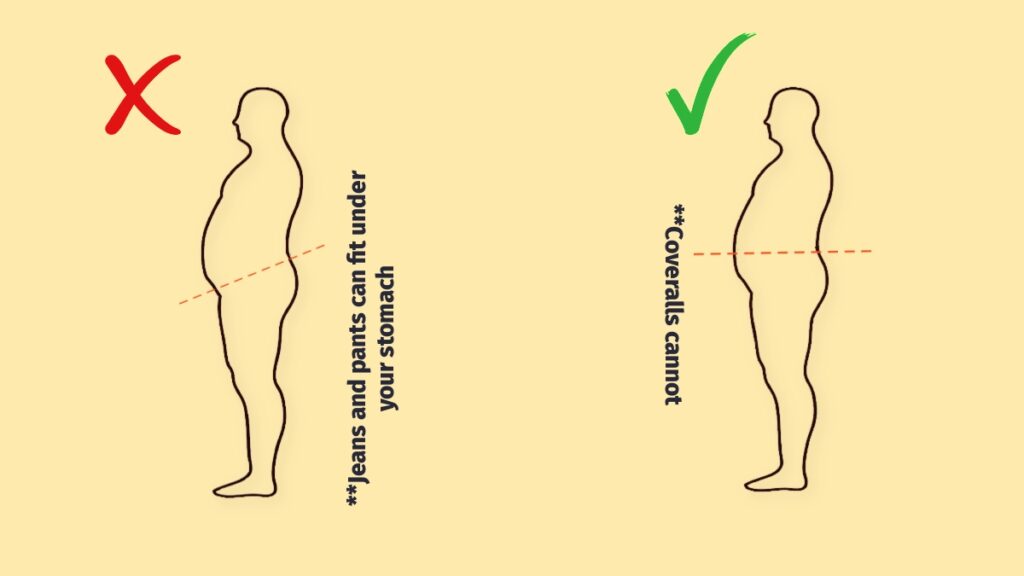
Using your trusty tape (or string), pull the tape around your back and measure around your stomach at its widest point. If the measurement is bigger than your chest, you’ll need to use this to size your coveralls.
Don’t underestimate the measurement. It’s better to size up slightly, as your coveralls will need a bit of room inside. You need to account for the fact that you’re going to be wearing pants too.
Step 3: Elastic or Loose Fit?
Depending on the brand of coverall, you may find they’re designed with an elastic waistline that offers a little more flexibility.
The Dickies Short Sleeve Coverall, for example, has an expanding elastic waist inset, which is a little more forgiving than the Red Kap Insulated Twill Coverall, which, due to its insulation, won’t offer as much leeway around the middle.
With an elastic waist to help with movement and crafted from a Poplin/Poly/Cotton material that’s easy to maintain as it is long-lasting, the Dickies Short Sleeve Coverall is one of the most recognizable and replicated coveralls there is. After 90 years of evolution, this coverall is here to stay. We’re a fan.
Measure Your Inseam
Coveralls are an odd item of clothing to size. If you size up, you’ll usually find that the bigger chest and waist size, the longer the legs. Because it’s one complete unit, it can be frustrating when you look at a larger coverall only to find out that as the size increases, so does the length.
That’s fine for a big tall guy, but it’s a pain for anyone who is shorter yet still has a stocky frame. You don’t want to be walking around in oversized coveralls—you’ll look like a toddler in an adult’s suit.
Measuring the inseam is essential for correctly sizing coveralls, and you’ll need to get it right to stop you from tripping over or walking around in coveralls that look like shorts.
Step 1: Where to Measure
To accurately measure your inseam, you’ll need to measure from the top of your inside leg down to the top of your boots.
Because you’ll be wearing pants under your coveralls, there’s an easy and accurate way to measure your inseam.
Step 2: Measure your Work Pants Inseam
Lay down the pants you’re going to wear under your coveralls, and, using your tape, measure the inseam on the inside of the pant leg. You’re going to measure from almost directly under the crotch area down to the bottom of the pant leg.
Step 3: Take Off a Few Inches
Because coveralls usually increase in size in every direction when you size bigger, be wary of going for an XXL unless you’re about 6 feet tall. The crotch in coveralls is more forgiving than pants, so you can get away with taking two inches off the length of the leg size.
Matching Your Height
Many coverall sizing charts also include a height chart to let you make an even more accurate selection, so it’s worth taking note of your height before making your selection.
Most manufacturers make their coveralls to their own specifications, so being able to match your waist, inseam, chest, and height make it much easier to get the right fit.
While you’re checking your waist, chest, and inseam, measure how tall you are, too, you don’t need to be super-accurate, but a general idea before checking out a sizing chart is always a sound idea.
One Size Doesn’t Fit All
I hope you’ve enjoyed reading my guide on how to size coveralls—it’s a bit of a minefield if you just buy without checking your measurements first.
It’s important to get the right size coveralls, especially if you’re working in a hazardous environment, so this guide should give you all the information you’ll need to make the right choice.
Spending a few minutes checking your measurements can make all the difference, and a good quality coverall can last for years, so it’s an investment worth taking time over.
Working outdoors in coveralls can be tricky—you’re either too cold or wearing so many layers to keep warm that you can’t move. Red Kap’s Insulated Twill Coverall solves the problem by being cozy, comfortable, and durable. Adjustable snaps on the sleeves and ankles keep out the weather and keep the warmth in.
FAQs
How does the sizing work on coveralls?
Coveralls are sized based on several key measurements—chest size, waist, inseam, and height. Once you’ve checked each measurement, you’ll be able to accurately choose the right size coveralls based on the size chart each brand usually provides. If there’s no size chart, avoid that brand, as each coverall manufacturer often creates their own sizing specifications.
Do coveralls run big?
Coveralls need to be slightly loose, so it’s never a bad idea to go up one size when buying, especially if your measurements show that you’re a half size. Coveralls can run a little on the large side anyway, so you shouldn’t have to go up more than one size.
Do coveralls fit the same as jeans?
Coveralls don’t fit the same as jeans, as they offer more leeway in the crotch and legs. You’ll find coveralls are slightly wider in the leg to accommodate the extra clothing you’ll be wearing underneath. In the crotch area, jeans are much more snug than coveralls, which is due to the coveralls going over your pants.

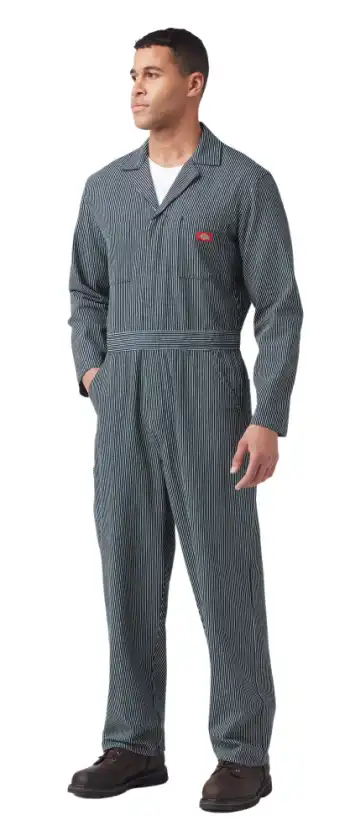

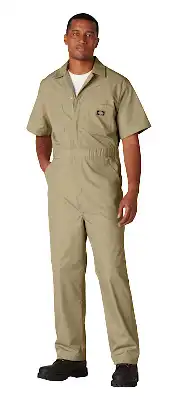
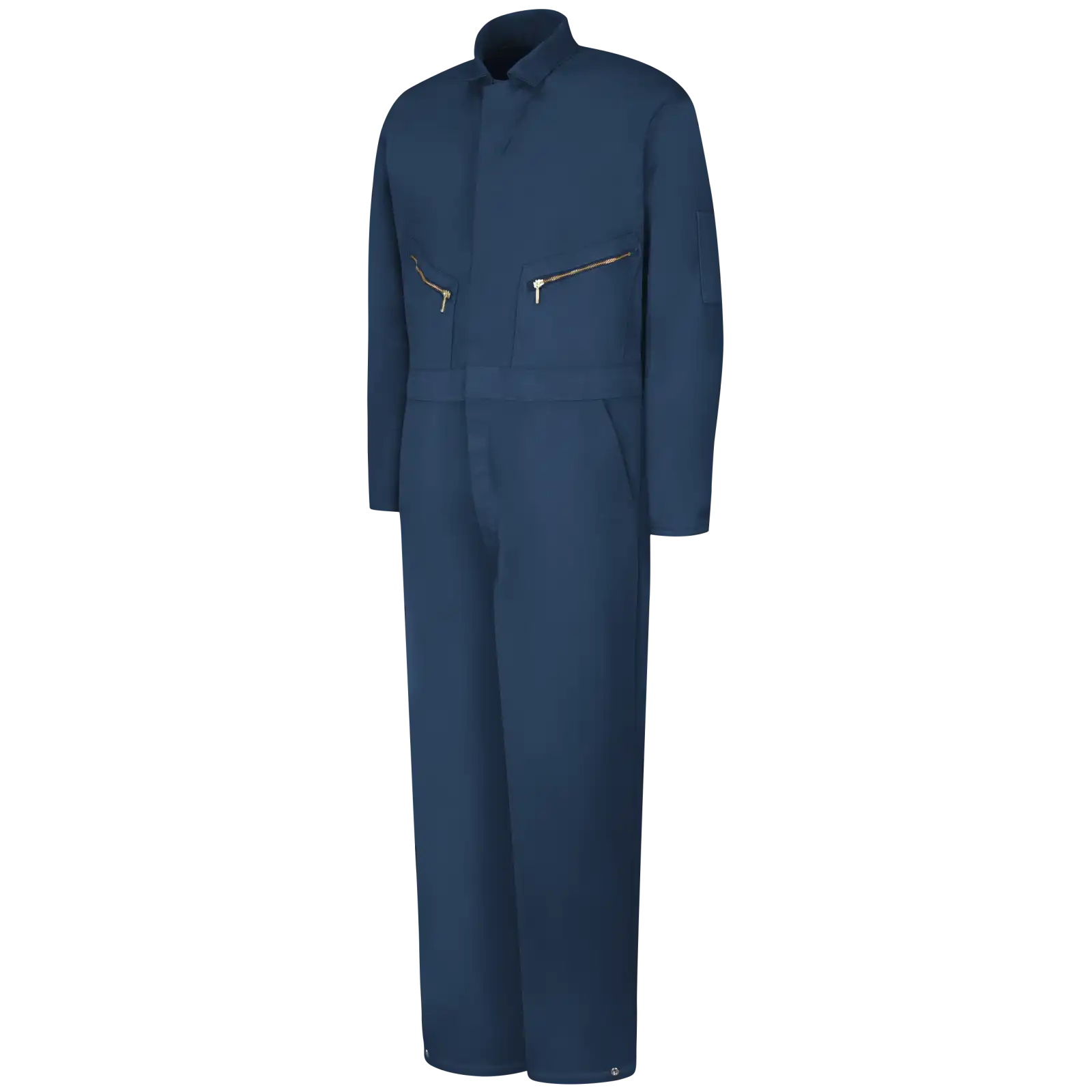

Join the Discussion